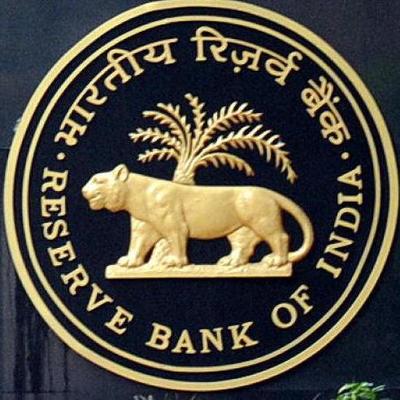
The Reserve Bank of India offers bonds with a taxable rate of interest of 7.15% p.a. The key piece of information you must know is that the interest rate is re-set every 6 months.
Before investing do go through 10 more bits of information you should know.
1. No maximum limit for investment in the RBI 7.15% Floating Rate (Taxable) Bonds. Each bond will be issued for a minimum amount of Rs.1,000 (which will be the face value) and in multiples thereof.
1. No maximum limit for investment in the RBI 7.15% Floating Rate (Taxable) Bonds. Each bond will be issued for a minimum amount of Rs.1,000 (which will be the face value) and in multiples thereof.
2. Resident individuals and Hindu Undivided Families only. NRIs are not eligible
3. Choose between the cumulative and non-cumulative modes for payment of interest.
- Cumulative option- interest is paid with the principal when the bonds mature.
- Non-cumulative option - interest is paid half-yearly (1st August and 1st February)
Do remember that you can’t change the option in middle from Non-Cumulative to Cumulative and vice versa. Pick carefully at the time of filling the form.
4. Interest income earned from these bonds is added to your income and taxed as per your slabs. Exempt from wealth tax though, under the Wealth Tax Act, 1957.
5. The bonds are not transferable but can be transmitted. They cannot be sold in the secondary market. Not eligible as collateral for loans from banking institutions, non-banking financial companies or financial institutions.
6. They can only be held in physical form by the investor - not demat.
7.The bond tenure is 7 years from the date of issue for investors below age 60.
a) Lock in period for investors in the age bracket of 60 - 70 years - 6 years from the date of issue.
(b) Lock in period for investors in the age bracket of 70 - 80 years - 5 years from the date of issue.
(c) Lock in period for investors age of 80 years and above - 4 years from the date of issue.
8. In case of joint holders or more than two holders of the Bond, the above lock-in period will be applicable even if any one of the holders fulfills the above conditions of eligibility.
9. The effective date of premature encashment for eligible investors will be 1st August and 1st February every year. However, 50% of interest due and payable for the last six months of the holding period will be recovered in such cases, both in respect of Cumulative and Non-cumulative bonds.
10. The biggest plus of these bonds is the safety - it is guaranteed by the Government of India. In addition, the interest rate is higher than FD's in banks currently. However, the downsides are that the interest is taxable. More importantly, if interest rates go up, you will be stuck with a product that is earning you less.
10. The biggest plus of these bonds is the safety - it is guaranteed by the Government of India. In addition, the interest rate is higher than FD's in banks currently. However, the downsides are that the interest is taxable. More importantly, if interest rates go up, you will be stuck with a product that is earning you less.
Paperwork required to apply will be the application form, PAN card, Aadhaar card/proof of address and your cheque!
No comments:
Post a Comment